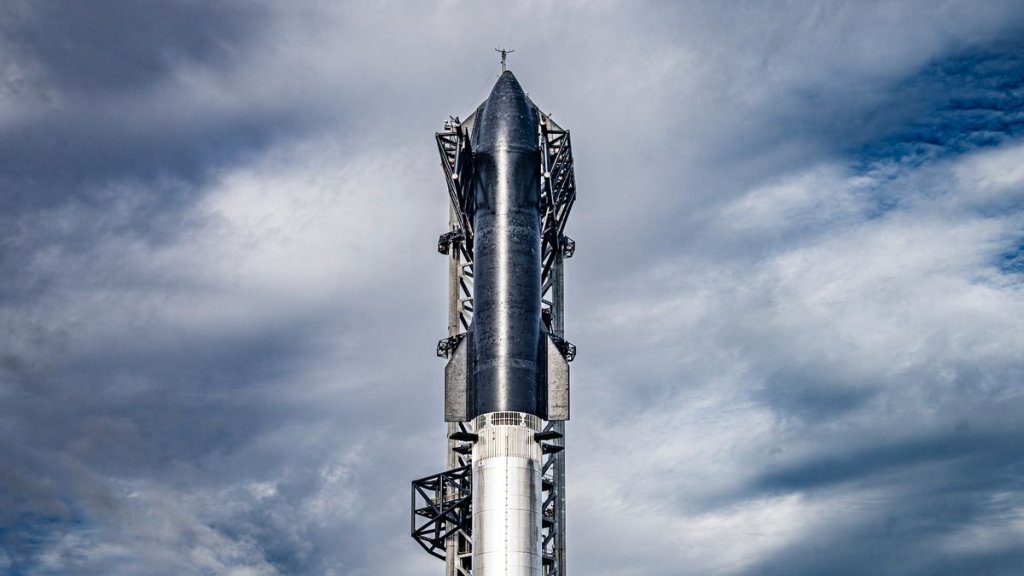Starship’s third-ever test flight is officially on for Thursday morning (March 14).
The U.S. Federal Aviation Administration (FAA) announced today (March 13) that it has awarded a launch license for the mission. “The FAA determined SpaceX met all safety, environmental, policy and financial responsibility requirements,” the agency wrote in a post on X this afternoon.
Starship, the biggest and most powerful rocket ever built, is scheduled to lift off on Thursday from SpaceX’s Starbase site in South Texas during a 110-minute window that opens at 8 a.m. EDT (1200 GMT). You can watch the action live here at Space.com, beginning at 7:30 a.m. EDT (1130 GMT).
Related: SpaceX fuels up massive Starship megarocket in test for 3rd launch (photos)
The megarocket has two test flights under its belt so far, which took place in April and November of last year. Starship’s two stages failed to separate as planned on the April flight, however, which ended after just four minutes.
Things went better in November — stage separation occurred as planned, for example — but both stages ended up exploding high in the sky on that mission as well.
The FAA wrapped up its investigation into what happened on the November flight late last month. But the agency took some additional time before awarding a license for launch number three today.
Thursday’s flight will be different, and bolder, than its predecessors.
“The third flight test aims to build on what we’ve learned from previous flights while attempting a number of ambitious objectives, including the successful ascent burn of both stages, opening and closing Starship’s payload door, a propellant transfer demonstration during the upper stage’s coast phase, the first ever re-light of a Raptor engine while in space, and a controlled reentry of Starship,” SpaceX wrote in a mission description.
In addition, Thursday’s test launch will aim to bring Starship’s upper stage down in the Indian Ocean. The target splashdown zone for the first two test missions, by contrast, was the Pacific Ocean near Hawaii.

